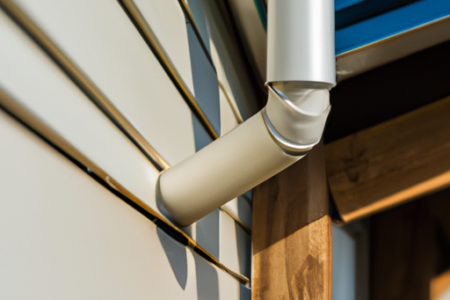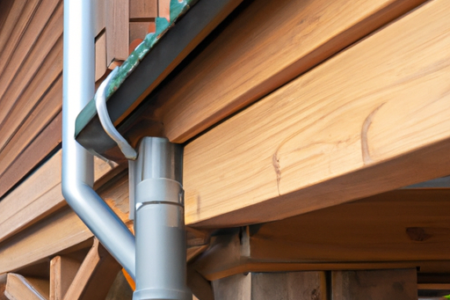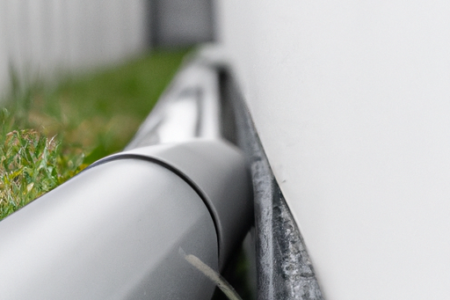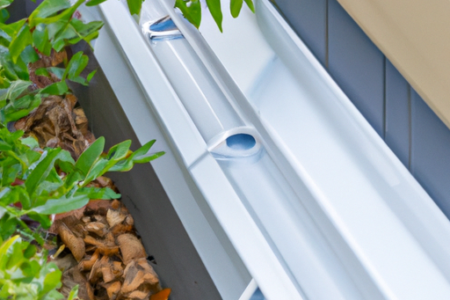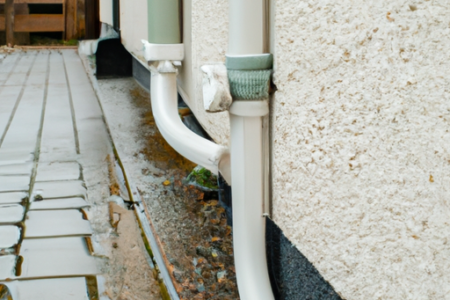When designing a proper gutter system for home maintenance, there are several key factors to consider. Firstly, the size and capacity of the gutters should be chosen based on the average rainfall in your area to prevent overflow and potential damage. The pitch or slope of the gutter system is also important to ensure smooth water flow towards the downspouts and prevent pooling. Choosing the right material for your gutters, such as aluminum or copper, is crucial for durability, maintenance, and aesthetics. Installing gutter guards can greatly enhance the efficiency of your system by preventing debris from clogging the gutters. Finally, strategically placing downspouts to divert water away from the foundation is necessary to prevent water accumulation and potential damage. Overall, a well-designed gutter system is vital for home maintenance as it protects against water damage and maintains the integrity of your property.
